What Vegetables Grow Well in Pots on a Balcony
Discover what vegetables grow well in pots on a balcony with our beginner’s guide. Learn to create a thriving container garden and grow your own food!
Your Guide to a Thriving High-Rise Harvest: 10 Best Vegetables for a Balcony Garden
There’s a special kind of magic in harvesting food you’ve grown yourself. The crunch of a freshly picked lettuce leaf, the sun-warmed sweetness of a cherry tomato—these are flavors you simply can’t buy in a grocery store. As someone who has built my life around making the most of small spaces at Neat Tiny Home, I’m here to tell you that you don’t need a sprawling backyard to experience this joy. Your balcony, patio, or even a sunny windowsill can become a productive and beautiful edible garden. The key is choosing the right plants. Not all vegetables are suited for container life, but many not only survive, but actually thrive in pots.
This is your ultimate guide to answering the all-important question: what vegetables grow well in pots on a balcony? We’re going to go beyond a simple list. We’ll start with the foundational knowledge every new container gardener needs, turning this into a true guide to container gardening for beginners. We’ll cover everything from choosing the right pots and soil to understanding the unique microclimate of your personal outdoor space. Then, we’ll dive into my top 10 list of the easiest, most productive, and most rewarding vegetables to grow in your very own balcony vegetable garden. My goal is to give you the confidence and the knowledge to turn your small outdoor space into a source of fresh, delicious food and daily joy.
The Joy of Balcony Gardening: Why You Don’t Need a Yard to Grow Your Own Food
Before we get our hands dirty, let’s talk about the incredible rewards of balcony gardening. It’s a hobby that nourishes you in more ways than one. On the most basic level, it provides you with hyper-local, nutrient-dense food that is free from pesticides and has zero food miles. But the benefits run so much deeper. The simple act of tending to your plants—watering, pruning, watching them grow—is a powerful form of mindfulness. It connects you to the seasons and the natural world, even in the heart of a bustling city. It’s a living science experiment and a source of constant wonder. For those of us who feel we have a “black thumb,” successfully growing your own food is an incredible confidence booster. It proves that with a little knowledge and care, you can create a thriving ecosystem just outside your door.
The Unique Challenges and Advantages of Balcony Microclimates
A balcony is a unique growing environment, or “microclimate.” It has its own set of challenges and surprising advantages.
- Challenges: Balconies can be windier and hotter than a traditional garden, meaning your pots will dry out faster. You are also completely responsible for providing water and nutrients, as your plants can’t draw them from the earth.
- Advantages: You have almost complete control over the growing medium (your potting mix). Pest problems are often less severe than at ground level. And, because the space is small, it’s easy to manage and keep a close eye on your plants’ health.
Setting Yourself Up for Success: The Foundations of a Great Balcony Garden
A successful garden, no matter the size, is built on a strong foundation. Before you even think about seeds or seedlings, you need to get your infrastructure right. Taking the time to choose the right containers, use the right soil, and understand your sunlight will make the difference between a thriving garden and a frustrating struggle. These are the non-negotiable fundamentals of container gardening for beginners.
Choosing the Right Containers: Size, Material, and Drainage are Key
The number one mistake new container gardeners make is choosing pots that are too small. Small pots dry out incredibly quickly and restrict root growth, leading to stressed, unproductive plants. My rule is to always go bigger than you think you need. For most vegetables, a 5-gallon pot is a good minimum size. The material also matters. Terracotta is beautiful but dries out very fast. Plastic or glazed ceramic pots retain moisture better. Fabric grow bags are a fantastic, lightweight option that promotes healthy root growth through “air pruning.” No matter what you choose, it MUST have drainage holes. Without drainage, your plant’s roots will sit in water and rot. For a great overview of container options, the The Spruce has excellent guides.
The Magic Ingredient: Why Potting Mix is Not the Same as Garden Soil
Never, ever fill your pots with soil from your backyard or a bag of “topsoil.” Garden soil is heavy, compacts easily in a pot, and can contain weed seeds and diseases. You need to use a high-quality potting mix specifically formulated for containers. Potting mix is a lightweight, fluffy blend of ingredients like peat moss, compost, perlite, and vermiculite. This blend is designed to hold moisture while also providing excellent drainage and aeration for the plant’s roots. It’s the single most important investment you’ll make in your balcony vegetable garden.
Sunlight Assessment: The Most Critical Factor for Vegetable Success
This is the most important assessment you will make. Most vegetables are sun-worshippers and need at least 6-8 hours of direct, uninterrupted sunlight per day to produce fruit. Before you buy a single plant, you must observe your balcony. Track the sun throughout the day. Where does it hit? And for how long? A south-facing balcony will get the most sun, while a north-facing one will get the least. If you have less than 6 hours of sun, don’t despair! You can still grow many things, but you’ll need to choose shade-tolerant vegetables, which we’ll cover in our list. For a helpful guide on this, you can search for a “sun mapping” tutorial online.
| Vegetable | Min. Container Size | Sun Needs | Harvest Time |
|---|---|---|---|
| 1. Lettuce & Greens | 2-3 Gallons | 4-6+ Hours | 30-50 Days |
| 2. Cherry Tomatoes | 5-10 Gallons | 6-8+ Hours | 50-70 Days |
| 3. Radishes | 1-2 Gallons | 4-6+ Hours | 25-35 Days |
| 4. Bush Beans | 3-5 Gallons | 6-8+ Hours | 50-60 Days |
| 5. Peppers | 3-5 Gallons | 6-8+ Hours | 60-90 Days |
The Top 10 Vegetables That Grow Well in Pots on a Balcony
Alright, with the foundations in place, it’s time for the main event! This list is curated based on a few key factors: compactness of the plant, productivity in a container, and general ease of care. For each vegetable, I’ll recommend specific types or varieties that are particularly well-suited for container life. You can find seeds for many of these unique varieties from fantastic online suppliers like Baker Creek Heirloom Seeds or Johnny’s Selected Seeds.
Veggie #1: Lettuce & Leafy Greens
Why they thrive: Loose-leaf lettuces, spinach, and arugula have shallow root systems, making them perfect for smaller containers. They are also relatively shade-tolerant, making them a great choice for balconies with only 4-5 hours of sun. Recommended Varieties: ‘Black Seed Simpson’ (lettuce), ‘Tom Thumb’ (butterhead lettuce), ‘Bloomsdale’ (spinach). Pro-Tip: Plant “cut-and-come-again” varieties. Instead of harvesting the whole head, you can snip off the outer leaves as you need them, and the plant will continue to produce from the center for weeks.
Veggie #2: Cherry Tomatoes
Why they thrive: While large beefsteak tomatoes need a huge amount of space, many cherry tomato varieties are “determinate” or “dwarf,” meaning they grow to a compact, manageable size. They are incredibly productive, and there is nothing better than a sun-ripened cherry tomato eaten right off the vine. Recommended Varieties: ‘Tiny Tim’, ‘Patio Princess’, ‘Tumbling Tom’ (great for hanging baskets). Pro-Tip: Tomatoes are heavy feeders and need consistent watering. Even small varieties will need a sturdy stake or a small tomato cage to support the weight of the fruit and prevent the stems from breaking. This is a must-know for anyone wondering what vegetables grow well in pots on a balcony.
Veggie #7: Carrots
Why they thrive: This might surprise people, but carrots can do wonderfully in pots, provided you choose the right variety and the right pot. You can’t grow long, imperator-style carrots, but shorter, rounder varieties are perfectly suited for container life. Recommended Varieties: ‘Paris Market’ (small and round), ‘Chantenay’ (short and conical), ‘Danvers Half Long’. Pro-Tip: The key is depth. Your pot must be at least 12 inches deep and filled with loose, rock-free potting mix to allow the root to grow down unimpeded. Thin your seedlings aggressively so that each carrot has room to grow to its full size.
Veggie #10: Herbs
Why they thrive: No balcony vegetable garden is complete without herbs. They are the easiest, most forgiving, and most useful plants you can grow. A pot of fresh basil, mint, or parsley on your balcony is a culinary game-changer. Recommended Varieties: Almost any! Genovese Basil, Mojito Mint, Italian Parsley, Thyme, Rosemary, and Chives are all excellent choices. Pro-Tip: Group your herbs by their watering needs. Mediterranean herbs like rosemary, thyme, and oregano prefer to dry out between waterings. Thirstier herbs like basil and mint prefer consistently moist soil. Planting them in separate pots according to their needs will make watering much simpler. For more in-depth herb growing tips, university extension websites like the one from the University of Minnesota are an incredible resource.
Starting a balcony garden is a journey. There will be triumphs and a few learning experiences along the way. But by starting with the right foundations and choosing the right plants, you set yourself up for a season of delicious, rewarding success. The answer to what vegetables grow well in pots on a balcony is longer and more exciting than you might think!
Frequently Asked Questions (FAQ)
My balcony is very windy. What can I do to protect my plants?
Wind is a big challenge as it can dry out and damage plants. Use heavier pots (like glazed ceramic) to prevent them from tipping over. You can also create a windbreak by installing a bamboo screen or a fabric privacy screen on your balcony railing. Grouping your pots together can also help them shelter each other. Finally, be prepared to water more frequently, as wind accelerates evaporation.
How do I know when to water my plants?
Don’t water on a schedule; water when the plants need it. The best way to tell is the “finger test.” Stick your index finger about two inches down into the potting mix. If the soil feels dry at that depth, it’s time to water. If it feels moist, wait another day. Water thoroughly until you see it running out of the drainage holes at the bottom of the pot.
Do I need to fertilize my container vegetables?
Yes! Because you are providing all the nutrients, you will need to replenish them throughout the season. Start with a good quality potting mix that has a slow-release fertilizer already mixed in. Then, about once every 2-3 weeks, feed your plants with a balanced, water-soluble fertilizer (like a fish emulsion or a product like Miracle-Gro) according to the package directions. This is especially important for heavy-feeding plants like tomatoes and peppers.
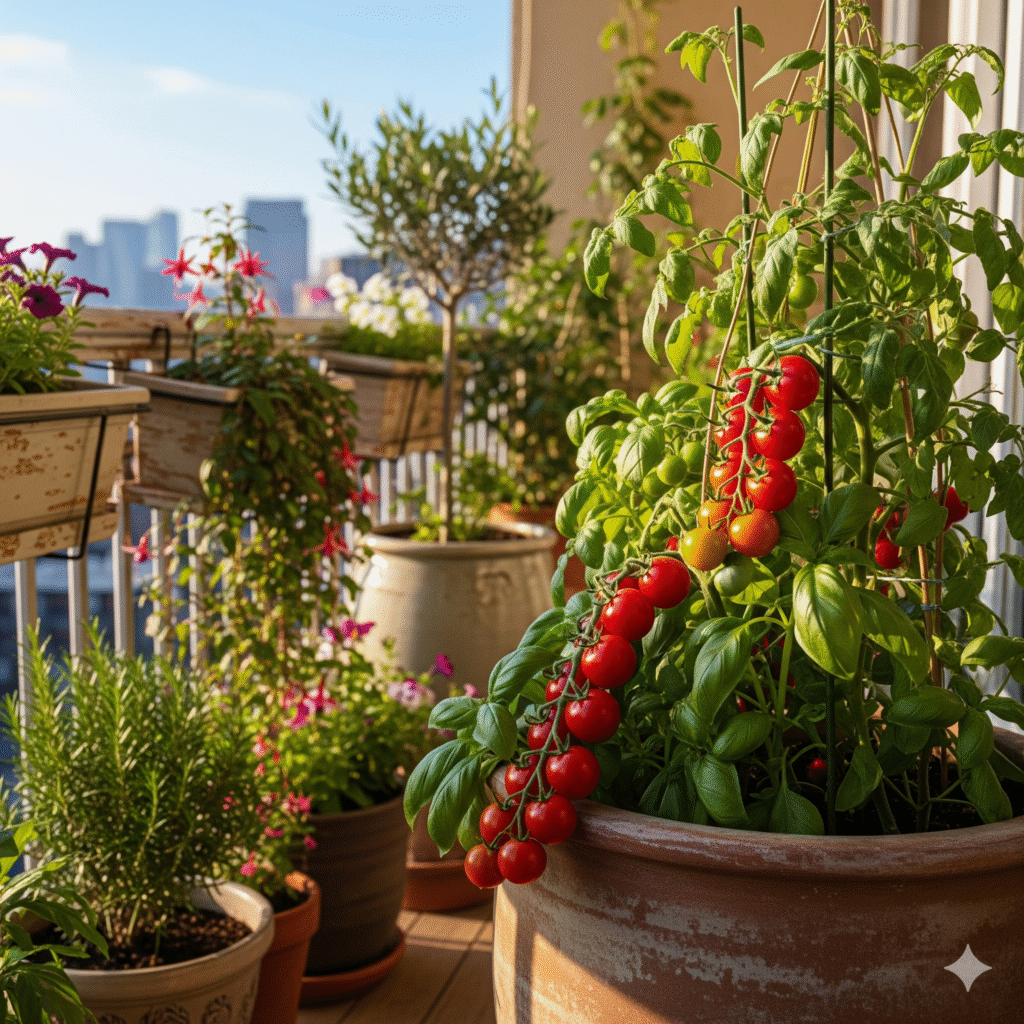
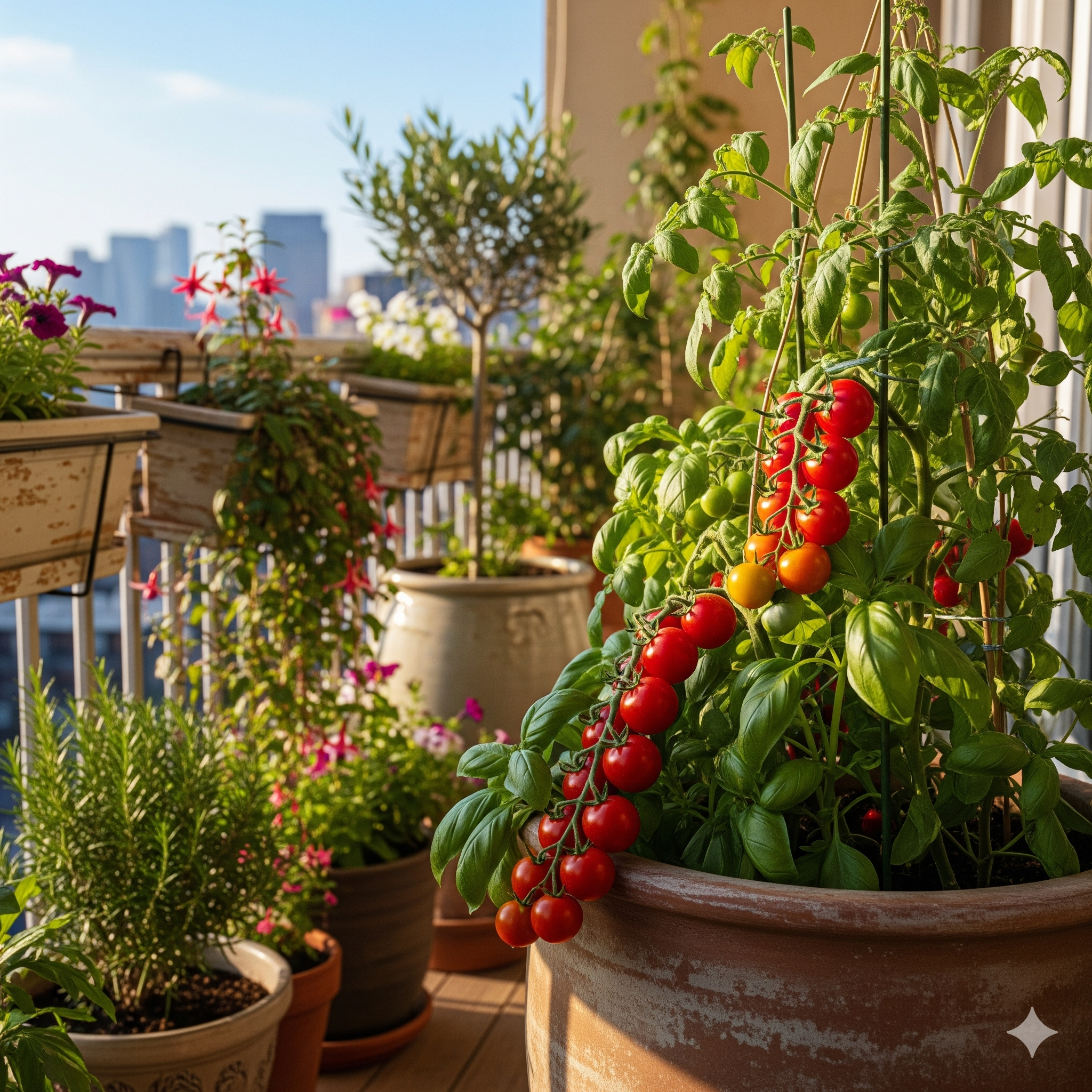
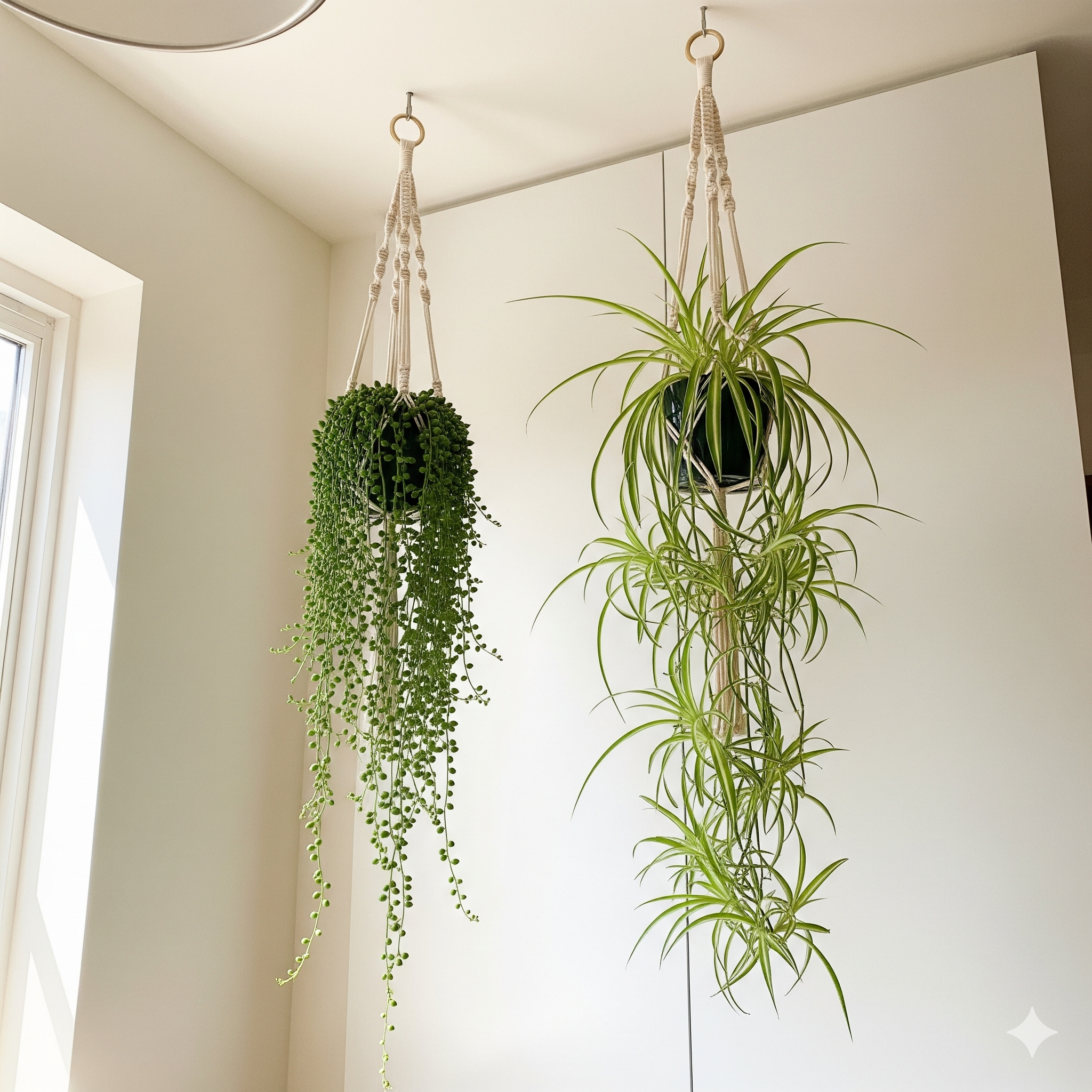
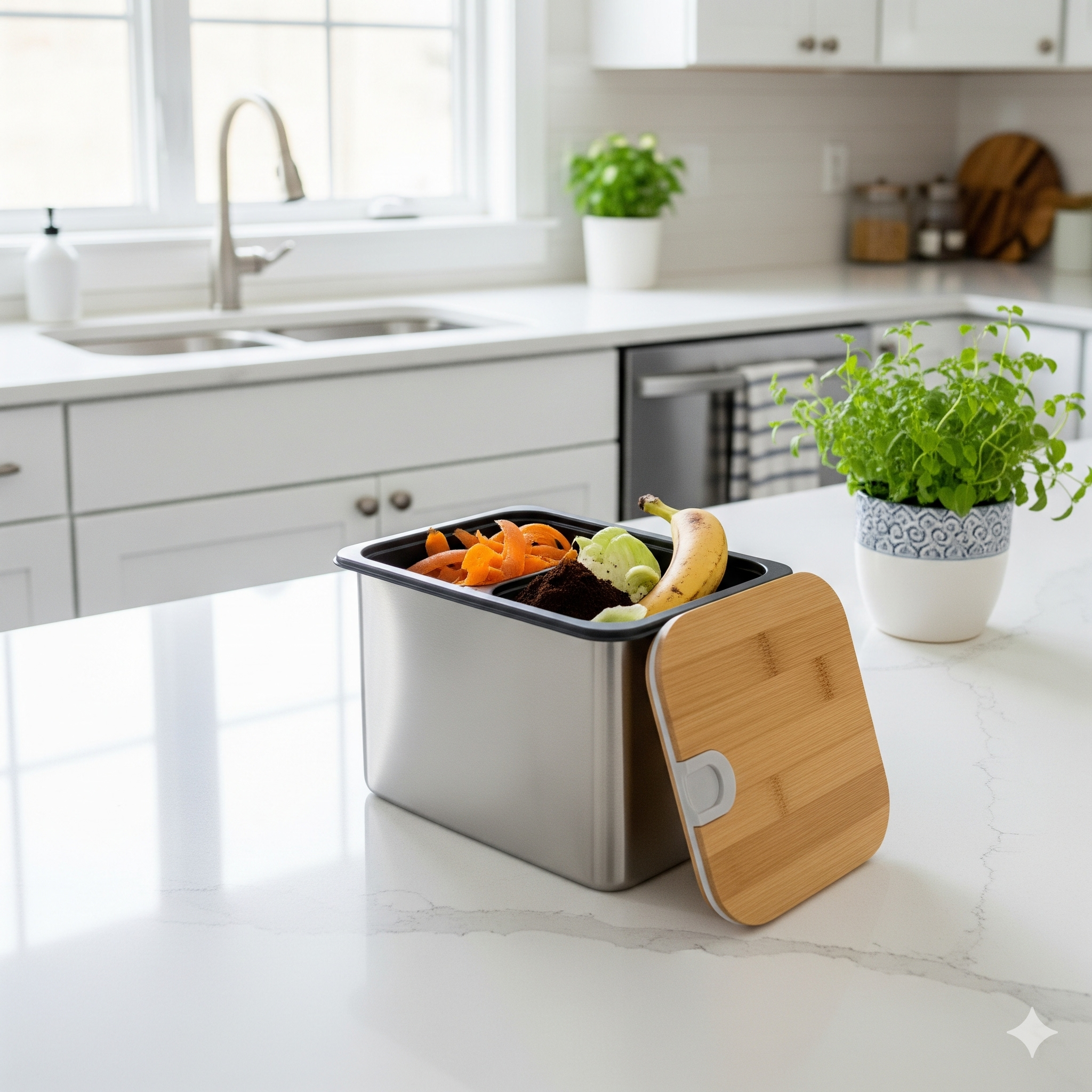
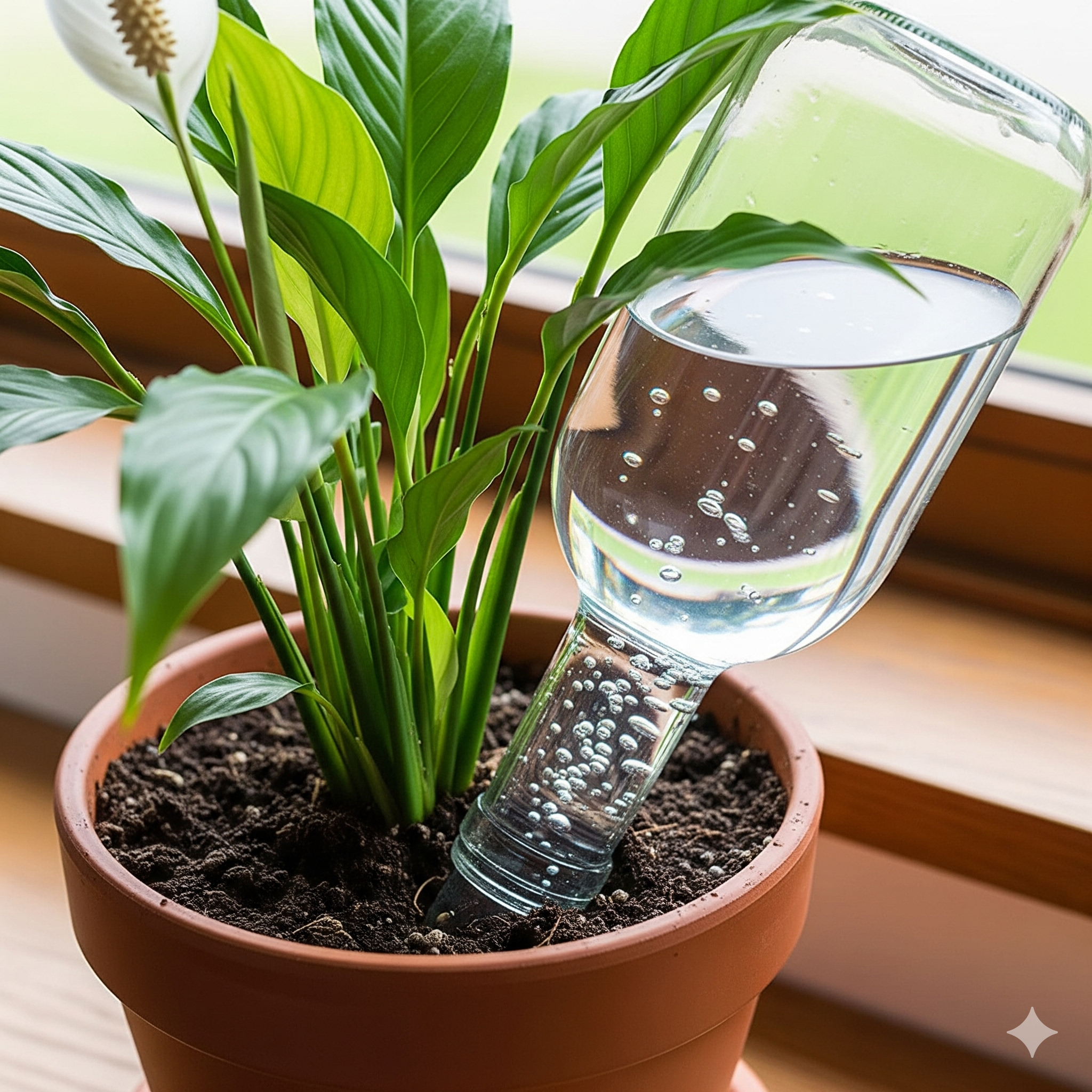
Post Comment